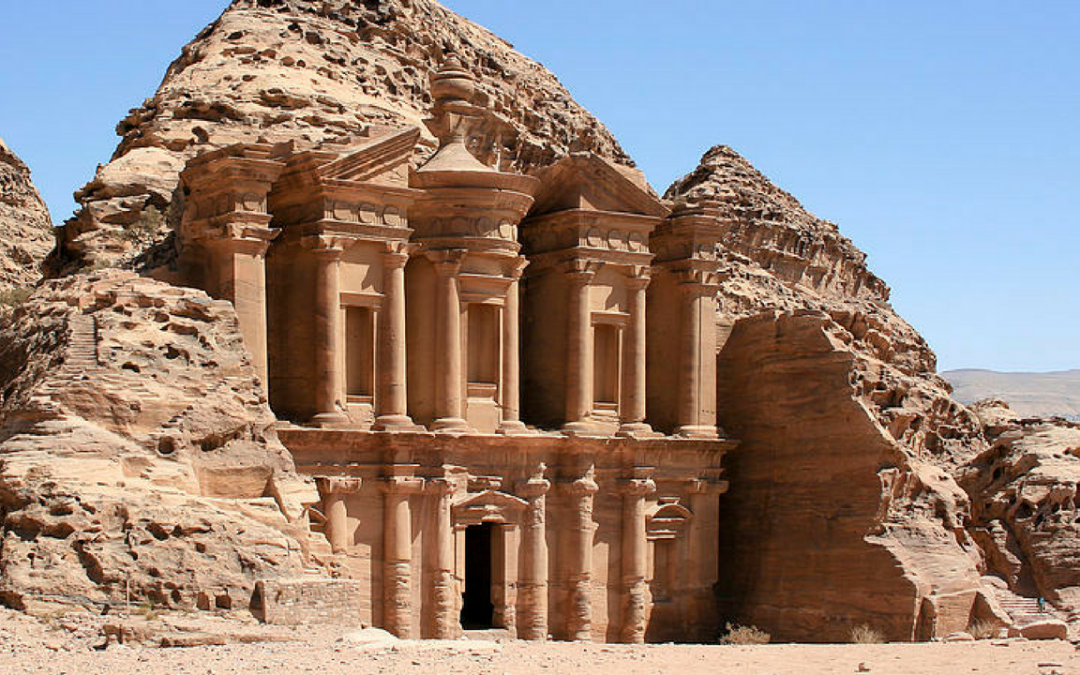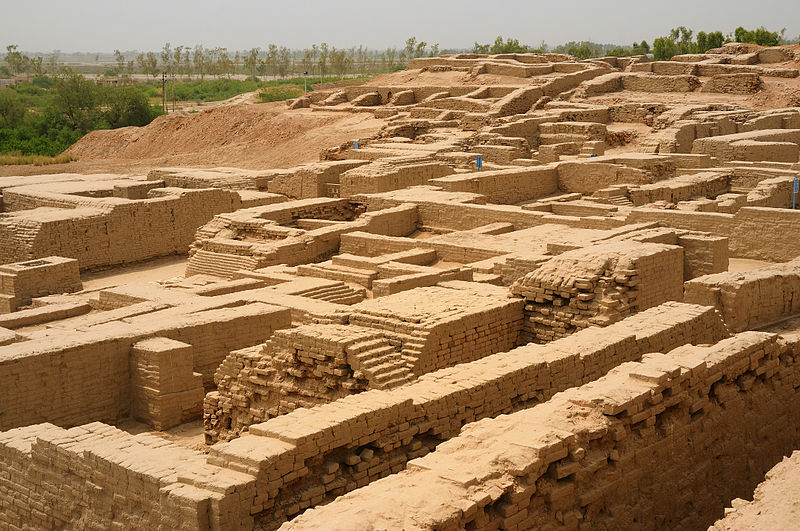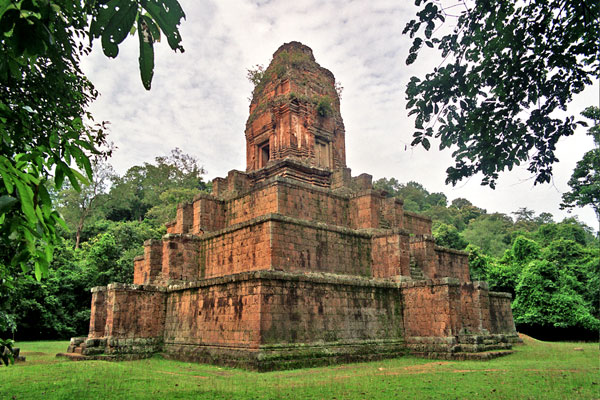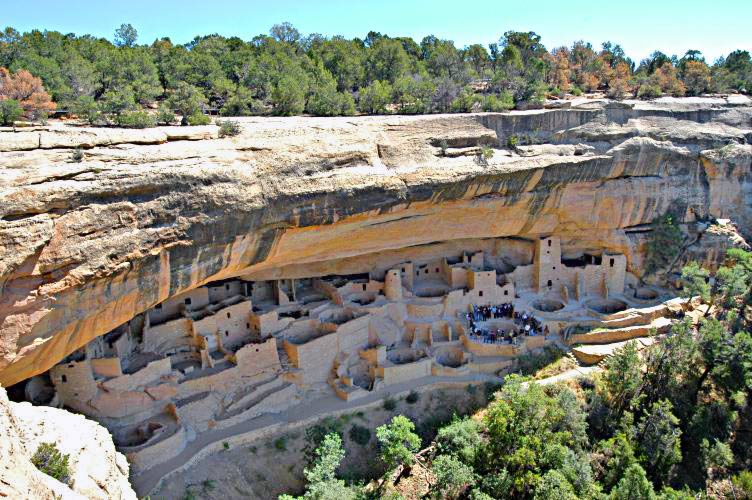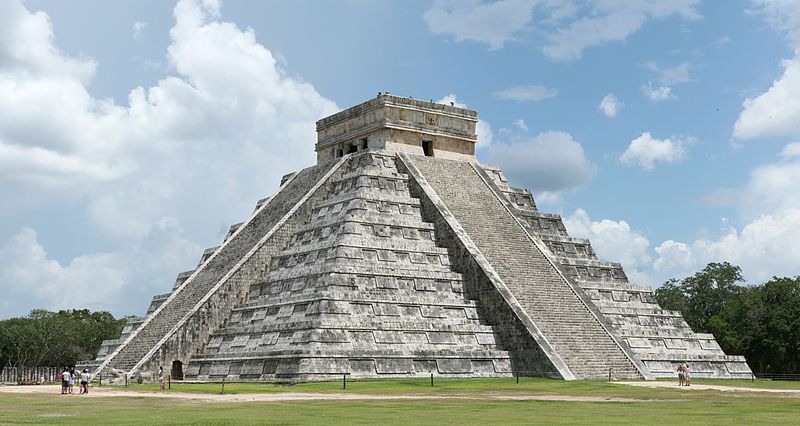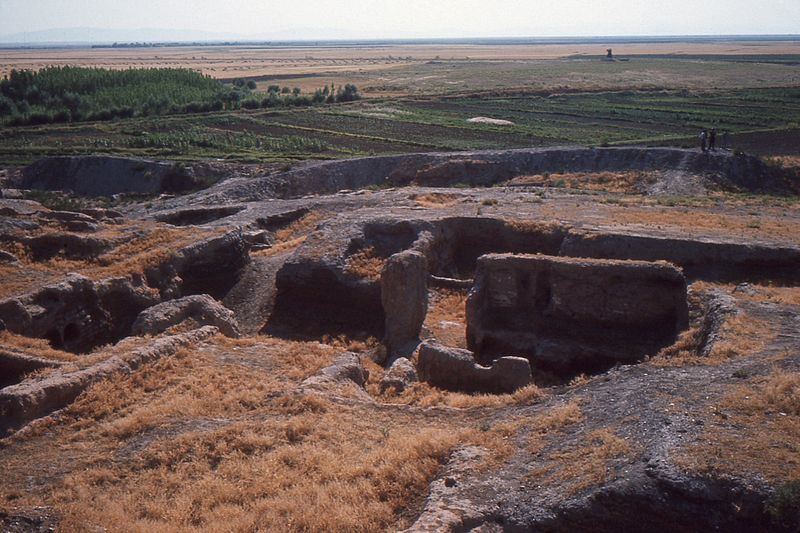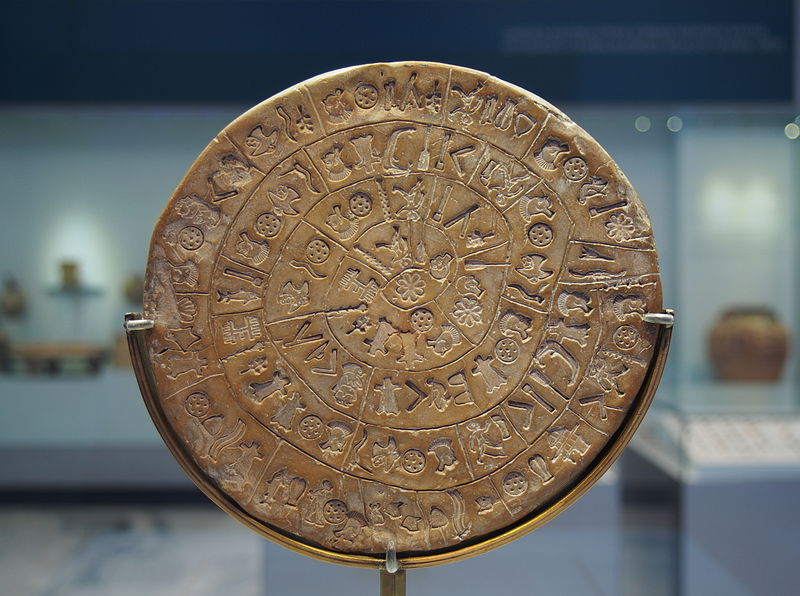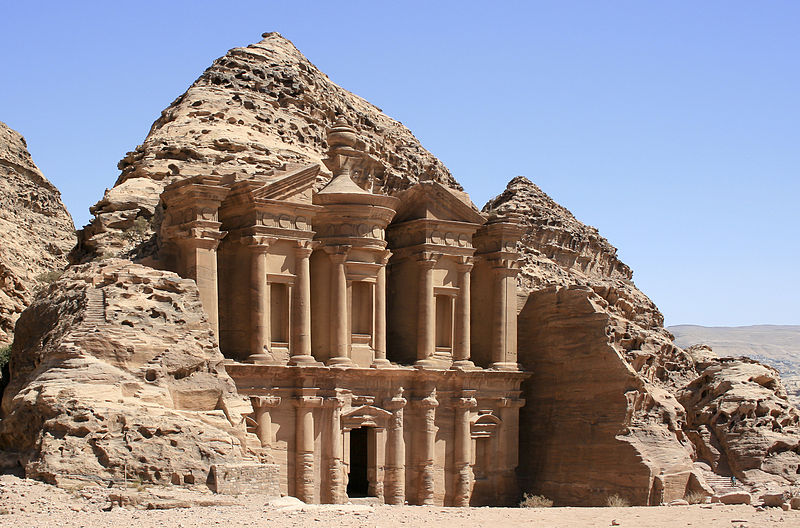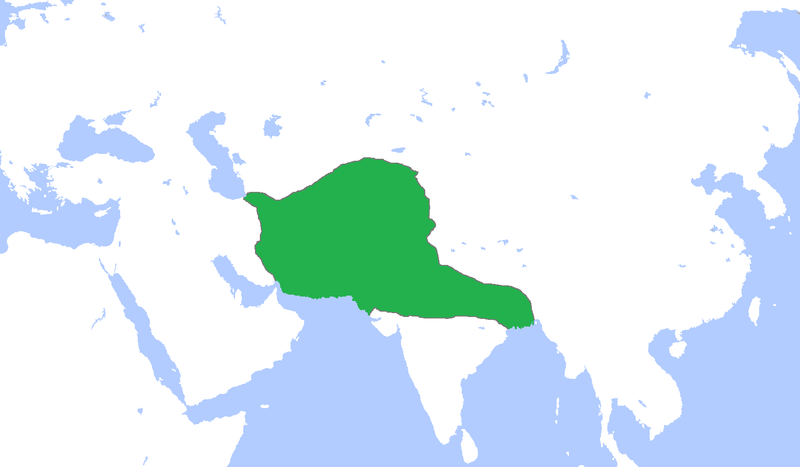Lost Civilizations have been found all over the world. Many explorers have found magnificent temples or cities, hidden away somewhere nobody ever visits. Lost Civilizations are often filled with treasures, art and other amazing artefacts that give us insights into how they lived their lives. Lost civilizations were often powerful or significant in some way, and how any of them disappeared is a mystery.

Indus Valley Civilization
The Indus cities reached their peak during a period of 500 years between 2600 BC, and 1900 BC, but then there civilization was torn apart and destroyed, and nobody knows why. How did it go from being one of the greatest civilizations of it’s time, to disappearing in 1500 BC? One possibility is that there was a devastating war. Ancient texts talk about northern invaders, attacking the Indus Valley, but there’s little evidence to support this theory. It’s clear that many of them died from malaria, so disease could be a large contributing factor. A drought or diverted river could also have destroyed this civilization.

The Khmer Empire
The Khmer empire was another grand civilization, which mysteriously disappeared. Since lost civilisations are normally ancient, evidence can be hard to come by, which is why the disappearances are often such a mystery. This civilization collapsed in 1431. The main contributing factors are most likely, war with neighbouring civilizations, over-population, and climate change which brought devastating drought. The Khmer empire was a wealthy, powerful empire, it had impressive art and culture. It’s capital Angkor was the largest pre-industrial urban centre in the world.

The Anasazi
The Anasazi were an ancient Native American culture that spanned the present day Four Corners region of the USA. The civilization was famous for it’s amazing stone and adobe buildings, built into the sides of cliffs. They built their structures higher and higher, eventually they could only reach the top with a ladder. Unlike some lost civilizations this one didn’t disappear but actually just abandoned the area. It’s possible this was caused by poor sanitation, or pests, but it could also be that their culture simply couldn’t adapt to how large they were becoming. This might have caused internal problems, which eventually forced them to leave.

The Maya
The Mayans hit their peak around 750 AD, it’s population reached 13 million people. They created systems of mathematics, and astronomy. They made significant technological advances, and began building large impressive cities, and for reasons unknown abandoned everything. Only 200 years after their peak, they collapsed. The Maya hadn’t yet created a way of getting water from underground, and were completely dependent on rainfall. Considering this it’s possible what ended them was a major drought they couldn’t recover from. They Maya excelled at pottery, calender making, and agriculture, however it could be their system of agriculture which ended them. The Maya would cut down a forest, and burn everything they didn’t chop down to make room for a field. However using this system they would have less and less food, every year, so this may have led to them dying of starvation.

Easter Island
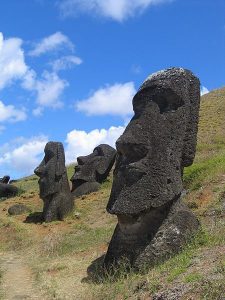
Easter Island, also known as Rapa Nui, is home to famous Easter Island heads, and one of the most famous lost civilizations of all time. The island was devoid of people until a group of Polynesians populated, although the date of when they populated it is unclear, estimates range from 700 – 1100 AD. To honour their ancestors, they built giant statues of heads out of volcanic rock. It was recently discovered they aren’t heads, and are actually full sized statues with the body buried underground. When European explorers arrived to the island on Easter day in 1722, strangely they found nothing but a barren island, and mysterious statues of giant heads.

Catalhoyuk
Like other lost civilizations, the Catalhoyuk flourished before collapsing. Their cities completely unique from other civilizations, they had no roads, and instead of having their doors on the front or side of their house, they had it on the roof. They would have to use a ladder to get into and out of their house. They were an advanced civilization with a rich culture, yet for some reason it’s population completely disappeared. All the houses were built closely together, and communal ovens were built on the roofs. It’s likely they spent a lot of time partying on rooftops. They enjoyed art, and many statues have been excavated.

Minoans
The Minoan civilization was a bronze age civilization that arose on the island of Crete. The Minoans were the earliest civilization of it’s kind in Europe, and Historian Will Durant called it, “the first link in the European chain,”. The civilization was discovered by Sir Arthur Evans, he believed that it could the location of the legendary labyrinth and palace of King Minos. The Minoans built grand cities and palaces, and extended trade throughout the Levant and beyond. But why did they disappear? It’s possible that they were destroyed by a volcanic eruption on the island of Thera. Even if they managed to survived the eruption, it would be impossible to survive there, and all their ships would be destroyed, making it hard to leave.

The Empire of Aksum
The empire of Aksum was a trading nation in Northern Ethiopia. It existed for around 840 years. Aksum exported ivory, agriculture, and gold to the Roman Empire and to India. It’s capital city Aksum is the alleged resting place of the Ark of the Covenant and could be the home of the Queen of Sheba. According to local history, around 960, a Jewish Queen named Yodit defeated the empire and burned it’s churches and literature. There’s evidence to support the claim they were invaded and their churches burned down, but the existence of Queen Yodit is disputed. It’s also possible that the empire was ended by a pagan queen from the south.

Nabateans
The Nabateans were a fascinating civilization in Jordan, Canaan, and northern Arabia. Their most famous city is Petra. Petra is a sandstone city built in the desert. Even though it was located in an area where water would have been hard to come by, it had an over-abundance of water. They had so much water they even used some to build large swimming pools. The Nabateans were a rich civilization which benefitted from the proximity of Petra to regional trade routes.

The Turquoise Mountain
Also known as Firozkoh, is the lost capital city of the Ghorid dynasty. It lies in the Ghor Province of central Afghanistan. It was considered to be one of the greatest cities of it’s times, before it was destroyed by Ogedei Khan, son of Genghis Khan. A stone tower known as the Minaret of Jam, is believed to be the only part of the city left. The city is believed to have been home to a Jewish trading community. The city was filled with lost gold. Once the Taliban’s lost control of the Ghor province, looters came to the city, and took the lost gold. The ruins of the city have been seriously damaged by the looting.

